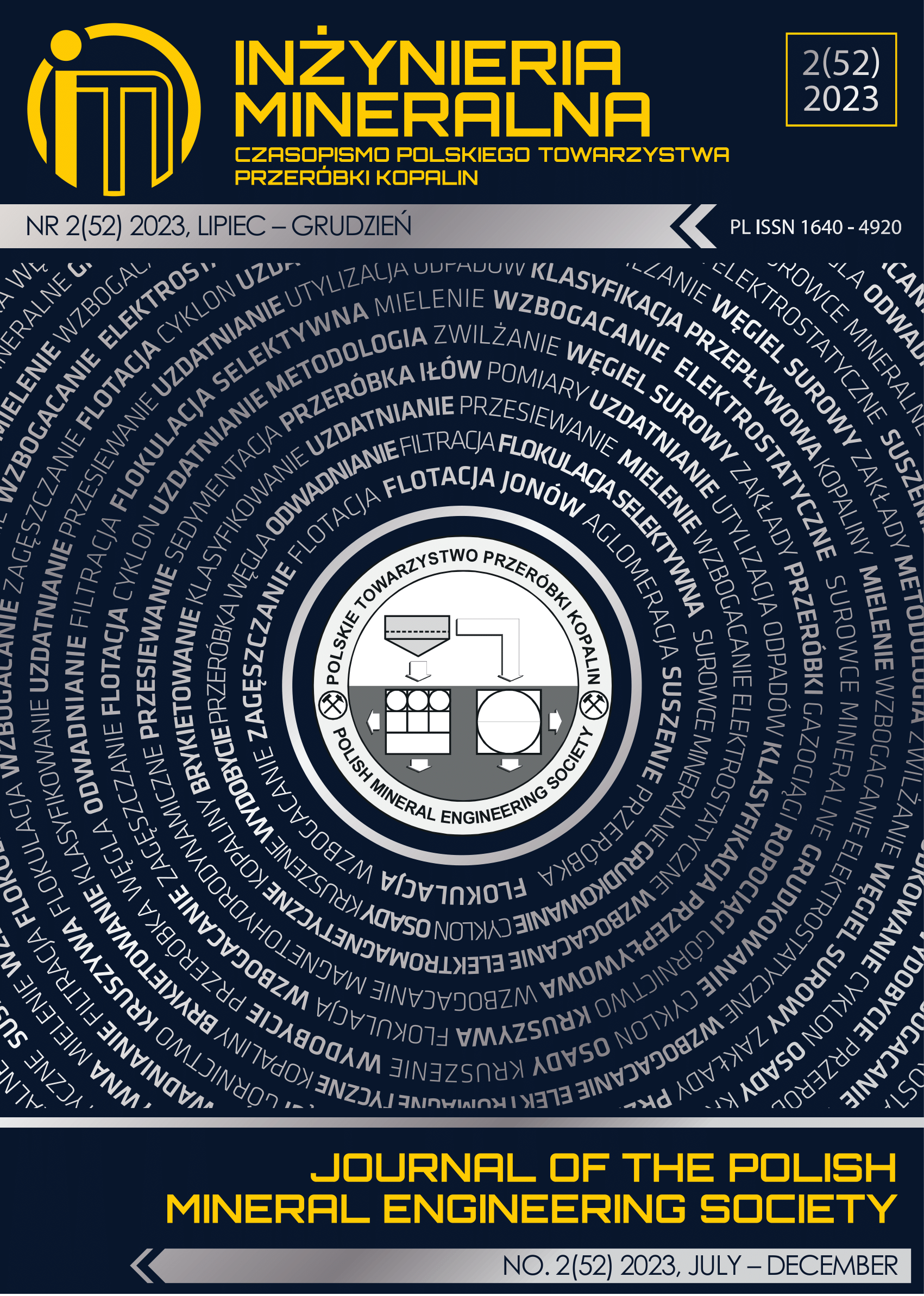A New Approach on Improving The Operation of Over-Current Relays in 6kV Mining Grids of QuangNinh, VietNam
Abstract
Over-current relays (OCR) are the most popular protecting devices utilized in 6kV mining grids of open-pitch mines, QuangNinh
province, VietNam. Depending on time of operation of OCR, there are many operating mode catergorized as: Instantaneous OCR,
Inverse time OCR, Inverse definite minimum time (IDMT) OCR, Very invese relays, Extremely Inverse relays. Nowaday, to give
protection against: Phase faults, Earth faults, Winding faults (in transformer), most of mining companies using Over-current relays
with instantaneous characteristic. This charactersitic has the following important features: i) Operates in a definite time when current
exceed relay’s pick-up/setting up values, ii) Relay’s operation is mainly relied on current magnitude, iii) Operating time is constant, iv)
There isn’t any intentional time delay, v) The operating currents are progressively increased for the other relays when moving towars the
source. Apart from many advantages, there is a significant disavantage of the relays’s operation: when there are faults at the beginning
of feeders, OCR with instantaneous characteristic usually has a big-time tripping. Moreover, sometimes there are false trip of OCR
because of improper set-up. In this study, an offline method is proposed with simulation in ETAP software to overcome these issues.
With Gurobi-Optimizer application, an algorithm for identifying Time Multiplayer Setting (TMS) will be employed to generate inversetime
characteristic/inverse definite minimum time charactersitic for improving the performance of over-current relay with better
discriminative tripping. The proposed method is simulated on ETAP with a 6kV sample skeleton distribution network (in QuangNinh
province of VietNam). The demonstrating results are: the prevention of false trip of OCR and the operating time of OCR is reduced.
Copyright (c) 2023 Ho Viet BUN,Le Xuan THANH

This work is licensed under a Creative Commons Attribution-ShareAlike 4.0 International License.
This journal permits and encourages authors to post items submitted to the journal on personal websites or institutional repositories both prior to and after publication, while providing bibliographic details that credit, if applicable, its publication in this journal.







.png)
